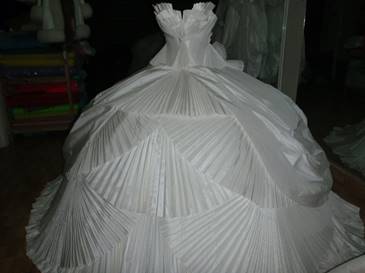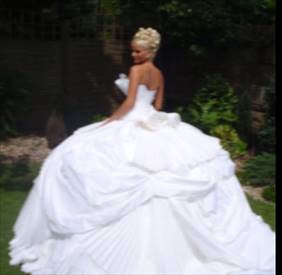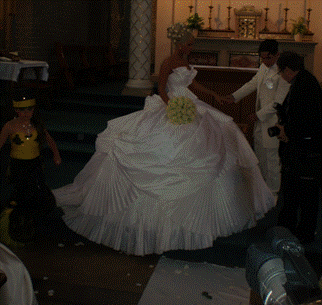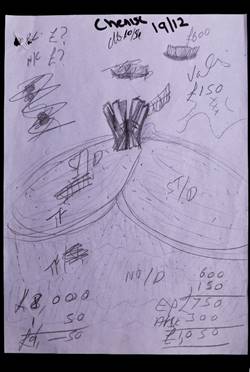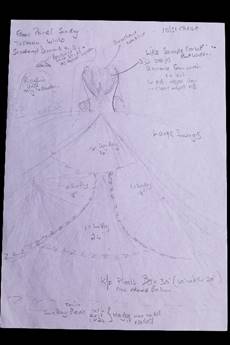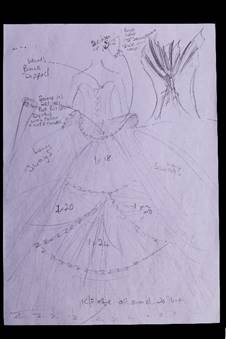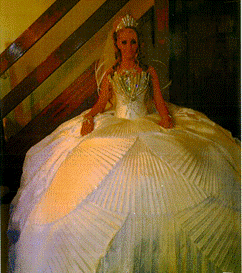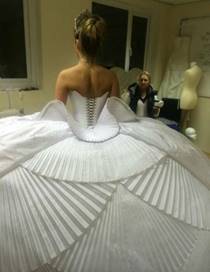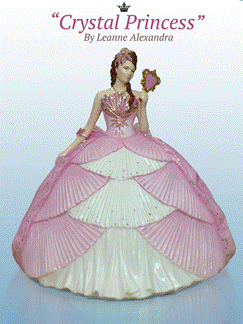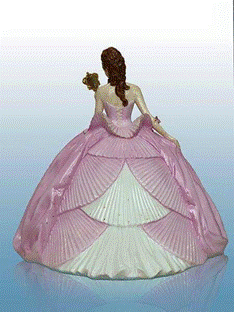B e f o r e :
Miss Recorder Amanda Michaels
____________________
Between:
| |
(1) THELMA MADINE (T/A NICO)
(2) CAMAL ENTERPRISES LIMITED T/A THE ENGLISH LADIES CO
|
Claimants
|
| |
- and –
|
|
| |
(1) LEANNE PHILLIPS (T/A LEANNE ALEXANDRA)
(2) PAULINE PHILLIPS
& others (stayed)
|
Defendants
|
____________________
Mr Thomas St Quintin (instructed by Valemus Law) for the Claimants
Ms Ashton Chantrielle (instructed by ead Solicitors LLP) for the Defendants
Hearing dates: 31 October and 1 November 2017
____________________
HTML VERSION OF JUDGMENT APPROVED�
____________________
Crown Copyright ©


